Spoilers (?) – This article contains references to all the events of the TV show up until the finale of Season 6.
Game of Thrones has its seventh season coming out this weekend, and I am hyped! As a feminist viewer, especially, I’m way too excited about the badass conglomerate of Daenerys, the Sand Sisters and Yara Greyjoy gliding ominously across the Narrow Sea to take over Westeros. (Although, going by experience, it is a bad idea to root for anyone, because they all eventually die. I’m still not over Robb.)

Let’s take a minute and think about the women of the Seven Kingdoms. Epic fantasy, as a genre, has traditionally been the bastion of the white male protagonist. Fantasy books and films, as a rule, have nary a lead female character and usually accord women the status of romantic interests or the “token strong character” – stories are very rarely centred around them. People of colour too, are usually missing from narratives, with antagonists or “monsters” often taking on racialized characteristics of non-white people.
The Westerosi universe too, does not find room to depict non-white races in any capacity beyond slaves, slave traders, or “barbaric” clans like the Dothraki, who are all, problematically, “liberated” by a white woman.
However, A Song Of Ice And Fire is teeming with [white] women. Yes, they are usually constructed as wives, daughters, and paramours of the lords of Westeros, but over the last six seasons we have seen them write their own stories, pursue their own goals, and very much hold their own in the deeply misogynistic world of Westeros. The women are not held up as unidimensional and idealized characters, paragons of virtue and beauty. Instead, they are complicated, messy and all flawed in their own ways. They are fundamentally, relatably, human.
The last season really amped up the roles of its women characters, with Cersei’s vengeful stunt of burning down the entire Tyrell family (minus Oleanna), to Sansa definitively winning back Winterfell alongside her half-brother (cousin!) Jon, and Daenerys finally getting her act together and sailing towards Winterfell, bolstered by the ships of the venemous Sand Snakes and Yara Greyjoy. And who can forget a girl, sorry, Arya Stark of Winterfell, who is back on her own personal mission to bump off everyone that features in her prayer of revenge that she’s been steadily building since her father’s beheading.
However, the Game of Thrones television series has not been bereft of criticism about its portrayal of women. The show’s producers, David Benioff and D.B. Weiss have been accused of using women’s sexuality as a plot device, to make mundane conversations more “interesting” with displays of female nudity. Women’s naked bodies are therefore, shown, plentifully, without any real narrative cause – leading Emilia Clarke, who plays Daenerys Targaryean, to demand more equality in nude scenes and to “free the P“.
The horrific brutality women endure in the series too, has been widely criticised. Both the show and the books depict frequent rape and assault of women. The show went off-the-books in the fourth season when Jaime Lannister forcefully rapes his sister Cersei over the tomb of their son Joffrey – an encounter that was consensual in the books. Violence and rape are sensationalised in the show, contributing to our already rampant rape culture, just for the sake of TV ratings.
The rape of Sansa Stark by Ramsay Bolton too, was highly controversial – Ramsay’s barbarism was well-established, viewers said. He needn’t have had to rape Sansa for even more shock value. The books are reported to have four times more rape than depicted in the TV show. Further, they are accused of never giving the rape survivor a voice. It is a minor character called Jeyne Pool who marries Ramsay in the books, not Sansa Stark. Jeyne Pool does not receive a chapter dedicated to her voice, and it is often the rapists who are given more attention and chapters dedicated to them. In this way, the trauma of rape survivors in the books is never addressed – it is treated more as an unfortunate inevitability, and readers are urged to quickly move on.
The rape of Sansa Stark then, is argued to have been an improvement from its parallel event in the books, since she is an important character (and the heiress of Winterfell!) whom we have grown to empathize with. The rape of Sansa Starks is traumatic to the audience, more so than if it had occurred to a nameless character whose fate the audience wasn’t as invested in, and therefore not as empathetic towards. The rape isn’t normalized, it isn’t condoned, and it isn’t quickly passed over. It is an atrocity that the audience is forced to confront and engage with. Its violence isn’t reduced to a plot device, or made the butt of a joke.
Westerosi women live in a difficult world – they’re married off, given no authority, and viewed as sexual objects (Not that different from ours, then).
George R.R. Martin has defended the inclusion of rape scenes as part of the lived reality of the Middle Ages, from where he draws his inspiration from. War, like the one Westeros has been submerged in since the start of the series, is well-known to engender rape as a tool of domination and control over women.
“If you’re going to write about war, and you just want to include all the cool battles and heroes killing a lot of orcs and things like that and you don’t portray [sexual violence], then there’s something fundamentally dishonest about that. Rape, unfortunately, is still a part of war today. It’s not a strong testament to the human race, but I don’t think we should pretend it doesn’t exist,” the author wrote.
The women of Westeros, then, live in a very difficult world – one where they are married off to seal political victories, given hardly any authority, and viewed as sexual objects for men to exploit. (Not that different from our current world, then.)
Despite this, the women in the Game of Thrones have not only survived, they have flourished – a feat that requires roughly ten times the effort it would take a Westerosi man in the same situation. Let’s take a look at the major players that are still playing the game of thrones, and how they have grown from Season 1 to Season 6.
1. Arya Stark
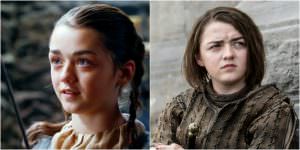
Arya Stark is our gender non-conforming feminist heroine! Encouraged by her father and Jon Snow, Arya spends her childhood days in Winterfell, and later King’s Landing, learning swordsmanship and “water-dancing”. In a clever jab (pardon the pun) at subverted gender constructs, she names her sword Needle, because she prefers using that tool over its literal counterpart in embroidery lessons with her sister.
Arya realizes she is, and will always remain Arya Stark of Winterfell.
From a very young age, she learns that the world is not fair, and is almost eerily street-smart – surviving the war as a pre-teen child and charting her own course of action. Arya is keen to learn, keen to fight, and keen to exact bloody revenge. Her constant goal of vengeance leads her across The Narrow Sea to Braavos and back to Westeros, during which period she acquires some very valuable skills.
Her loyalty to her family exceeds her desire to become one of the Faceless Men, and try as she might, she just cannot have Jaqen H’gar believe her when she says “A girl is no one“. Arya finally leaves Braavos after realizing that she is, and will always remain Arya Stark of Winterfell, and thank heavens! Westeros was getting dull without her.
2. Cersei Lannister
Cersei Lannister is the clear antagonist of the show. Cunning, petty, and after the last season’s finale, definitely wicked – she is the character we all love to hate. But beneath all the political drama, you find an incredibly strong woman. In a world where women are taught that their role is to smile pretty, marry high, and birth healthy babies, Cersei makes it very clear that she’s not interested in catering to people’s expectations of femininity, and takes zero bullshit from the powerful men who surround her.
All her life, Cersei has been inconvenienced by her gender. From being married off to an alcoholic oaf who openly disrespects her, to never earning her father’s respect, despite being the most politically savvy of her siblings, simply because she’s a woman; Cersei has openly lamented the fact that she was born a woman time and again.
Who said only kings can be despots?
Think about it, if Cersei was a man, she would not have had to literally light every single proximal contender to the Iron Throne afire before having a shot at it. However, not being one to wait around helplessly, Cersei manipulates her way into power, using the limited tools she has been accorded. Her sexuality, for instance. Cersei wields her sexuality like a finely-honed weapon. Her love for her brother Jaime is her only emotional recompense (and hey, no one scoffs at incest when the Targaryens do it!). Cersei beds other men to gain access to information, curry favours and plot revenge – all as part of pillow-talk. (Admittedly, this is explored to a greater extent in the books than in the TV show.)
Cersei refuses to bow her head and go away after her Walk Of Atonement. Imagine the trauma of someone with an ego as big as Cersei’s having to walk naked down the streets, with taunts and jibes and rotten vegetables and feces being thrown at her. Does she break? Hell no. She lights every single person that was responsible for her humiliation into a blaze of green wildfire. Who said only kings can be despots?
3. Daenerys Targaryen
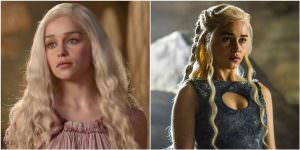
Daenerys is your typical swashbuckling hero. Everything she touches turns to gold. From being imbued with magical fireproof Targaryen blood, every setback she faces is overcome with an over-the-top theatrical victory, usually involving dragonfire. She is surrounded by people vying for her attention and love, and commands an army of soldiers who would willingly lay down their lives for her, if need be. The only difference from your typical swashbuckling hero? Dany is a woman, and faces approximately ten times the trouble to getting where she is now than if she were a man.
In Season 1 she is only Viserys Targaryen’s sister – her fair hair and nubile body assets to gain access to a Dothraki army via marriage. After she is married off to Khal Drogo, she is raped by him (again a rape scene which was not originally in the books). Rather problematically, she strives to learn how to pleasure him, and eventually enters into a consensual and loving relationship with him. In this deeply patriarchal Dothraki society, Dany not only gains the respect of her clanspeople, but evades exile to Vaes Dothrak, where Dothraki widows are exiled after the death of their husbands. Instead, she takes command over the tribe, and spends the next five seasons consolidating her authority with her no-nonsense attitude to treachery and treason (as Jorah Mormont learnt well) and proving over and over, to the many men who underestimate her, that she is not a “little girl”.
Daenarys spends her first few years in power learning how to wield it.
Dany doesn’t, however, lose her humanity to the power she enjoys. In a marked departure from the tearing hurry her brother Viserys displayed in trying to get to Westeros, Dany spends her first few years in power learning how to wield it, and becoming a fair and just ruler in the city of Meereen, and liberating slaves all over Slaver’s Bay. She is also one of the few women who is depicted with sexual agency – she beds the handsome Daario Naharis, but is strong enough to send him away when it seems to be affecting her position of authority.
In Season 6 she is Daenerys Stormborn, Queen of the Andals, the Rhoynar, and the First Men, Lady Regnant of the Seven Kingdoms, Protector of the Realm, Khaleesi of the Great Grass Sea, Breaker of Chains, Mother of Dragons, and former Queen of Meereen. Take that, Viserys!
4. Sansa Stark

Sansa Stark has definitely had the biggest character development over the course of the series. She starts out as a prim and proper lady of Winterfell, besotted by Joffrey and the idea of being a queen. She refuses to take her family’s side in the early days of the show, preferring instead to stay in the good books of Joffrey and the Lannisters (remember the incident with Arya’s wolf Nymeria, and the subsequent death of Sansa’s wolf Lady?). Yes – none of us particularly liked Sansa Stark in the beginning, but come on. How many of us have made questionable romantic decisions, especially when we are fourteen years old?
Sansa is made to grow up much too quickly, as she witnesses the death of her father and faces the abuse of her sadistic fiancé Joffrey. She is held captive in King’s Landing, away from her entire family and under the thumb of Cersei and Joffrey. She retains remarkable grace in the face of torment, and manages to manoeuvre an escape and kill Joffrey in the process (although she didn’t know of her role in it until later).
Sansa, a summer child, is now transformed into a shrewd and hardened political player.
Heartbreakingly, she is betrayed by Littlefinger, who marries her off to Ramsay Bolton – possibly the only man in Westeros that is a bigger sadist than Joffrey. Sansa is yet again, abused, this time resulting in rape. Thankfully, Theon helps her escape to the safety of the Wall and her brother Jon Snow, after which she grows single-minded in her quest to regain her lost home of Winterfell.
Sansa, a summer child who had nothing to do with the filthy politics that beseiged the realm, is now transformed into a shrewd and hardened political player. She convinces Jon to reclaim Winterfell, and then saves him from imminent defeat in the Battle of the Bastards against Ramsay by writing to Littlefinger, who brings the armies of the Vale. It is due to Sansa’s cunning that there are finally Starks in Winterfell again. And this time, her revenge against her torturer is definitely not inadvertent. Who can forget her small, sinister smile as she feeds Ramsay Bolton, one of the most reviled characters of the show, to his own dogs?
***
There are many more incredibly strong women that I’d like to write about, but I fear this piece has already gone on for too long. (If you’ve made it this far, thank you!) Yara Greyjoy is an mostly ignored character who deserves a lot more screentime, for being a much-loved leader among her sea crew, despite being a woman from one of the most misogynistic places in an already misogynistic universe – the Iron Islands.
Brienne subverts gender roles with every swing of her Valyrian sword. She faces a constant and traumatizing barrage of ridicule for being unfeminine, to the point of danger, when she is thrown into a pit with a bear with only a wooden sword to protect herself. But despite all of this, Brienne continues to stay true to herself and remains the most honourable knight in Westeros, one who stays true to her vows and respects human life.
Melissandre holds a ridiculous amount of power in her hands, from coaching Stannis Baratheon’s every move to bringing Jon Snow back to life – her attempt at obeying the Lord of the Light Rh’llor’s wishes have wreaked much havoc in Winterfell. One can only assume her magic and prophesying will play an integral part in the next two seasons, as ice meets fire, and dragonbreath takes on the White Walker chill.
Missandei is a freed slave girl, with an intelligence and composure that belies her youth and traumatic past, who will remain Dany’s right-hand woman when she storms Westeros for the Iron Throne.
And finally, the martially trained Sand Sisters have proven themselves to be a defiant, vengeful force of nature – uprooting the entire royal family of Dorne in one carefully staged coup, and now heading to Westeros alongside Dany to exact revenge from the Lannisters for the deaths of Oberyn and Elia Martell.
Seasons 7 and 8 of the Game of Thrones will take us to the climax of the series that we’ve been edging to ever since Robert Baratheon came to Winterfell in Season 1 and asked Ned Stark to be Hand of the King. And the women that have survived so far (RIP Margaery!) are going to play a major part in who finally sits on the Iron Throne.
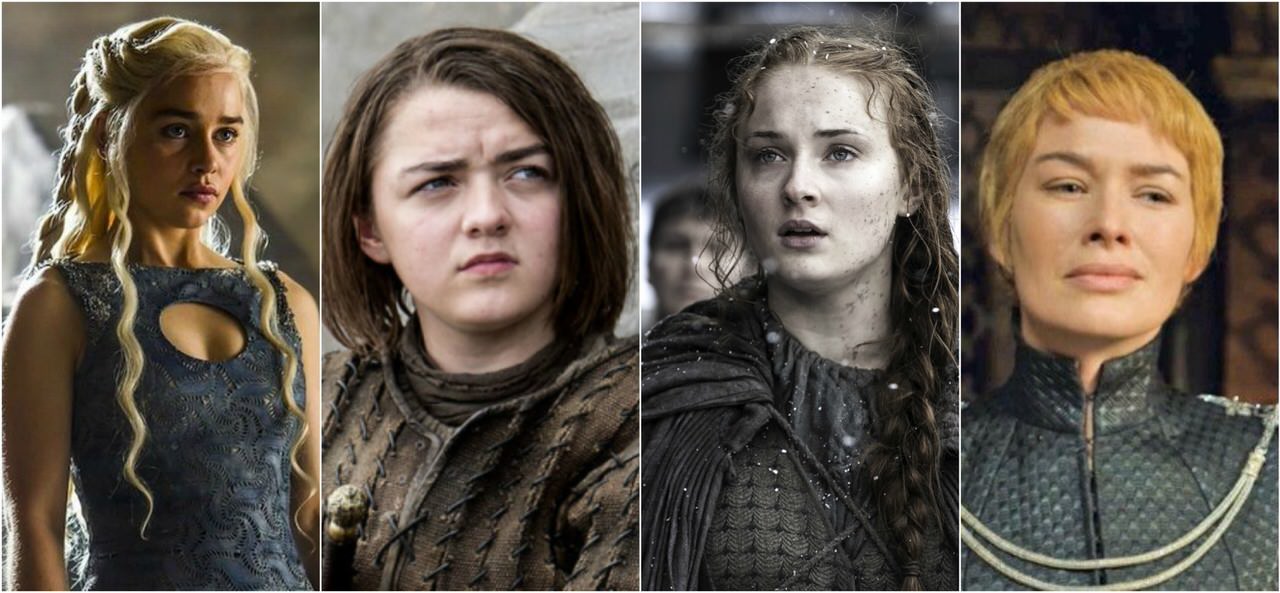
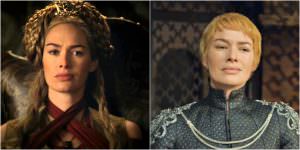

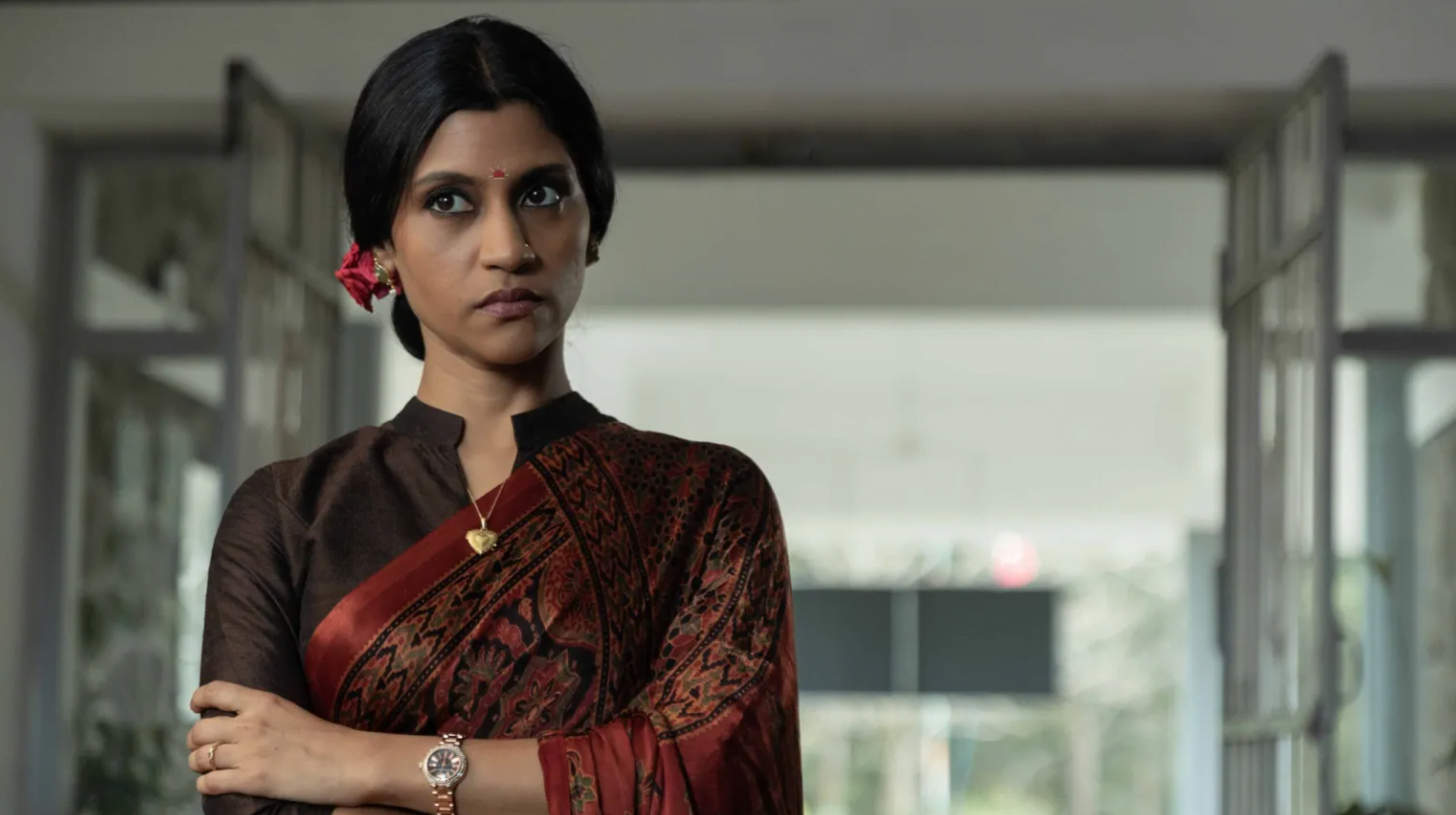
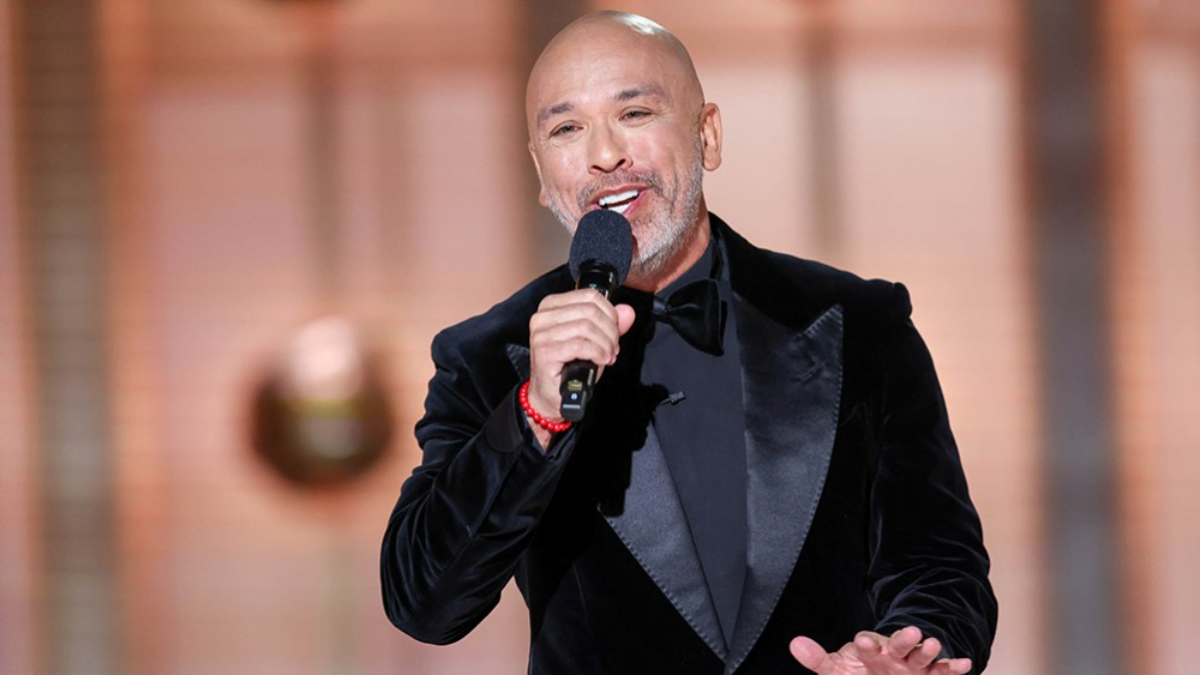

Daenerys and Arya are my favorite characters. I used to despise Sansa but hers is the best character arc. Ygritte is another favorite character of mine.
Feels so incomplete without mention of Olenna though 🙂